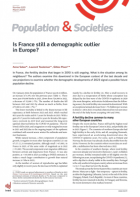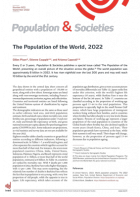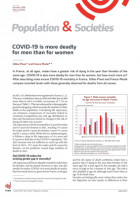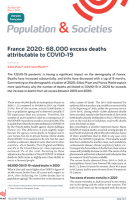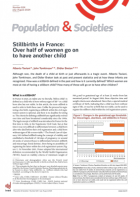Rising birth numbers and fertility rates might suggest that couples in France are having more and more children but, paradoxically, this is not the case. As Gilles Pison explains, they are having the same number of children as couples thirty years ago, but at a later age. Couples now have greater control over timing of births thanks to the spread of contraception and to government policies aimed at reconciling work and family life. For a while, delayed childbearing reduced birth numbers and brought down the fertility rate. That movement has now ceased and these indicators are rising again.
Fertility is measured by the total fertility rate. To calculate this rate, births occurring during the year are classified by the age of the mother to determine the mean number of children born to women of each age over the year. This is often expressed as a rate per 100 women of that age. These age-specific rates for ages 15 to 50 are then summed to obtain an aggregate fertility rate for the 35 different cohorts observed in the year in question. This total fertility rate indicates the total number of children that a group of women would have if they were to experience the fertility rates of the period at each age. This fictional group of women is a synthetic cohort that does not correspond to any cohort of real women. But their total number of chil-dren summarizes the fertility rate of all the women in the country in that year. It is a measure that can be used to compare fertility rates in different populations and to mon-itor changes from year to year.For more information, see the Measuring fertility anima-tion on the INED website (www.ined.fr/en/, "All about population").




